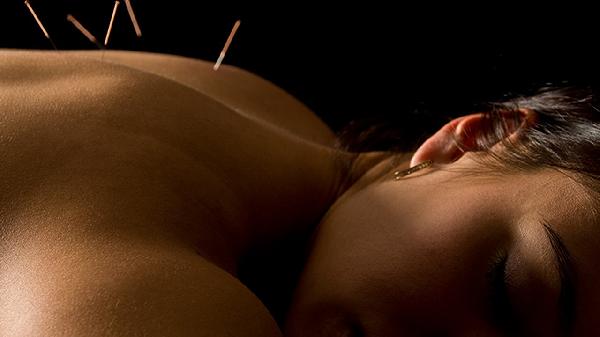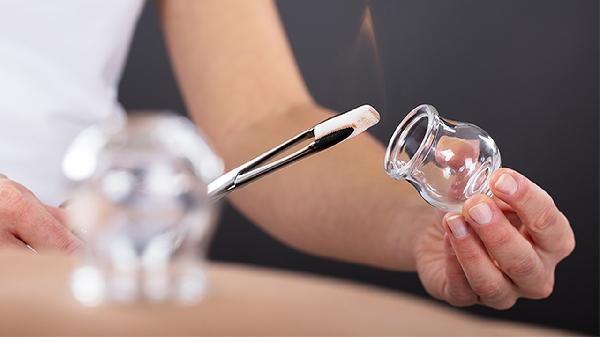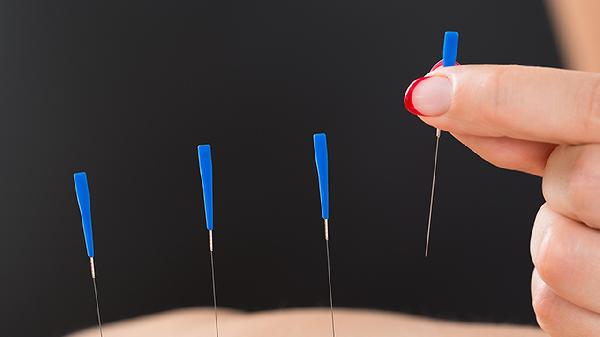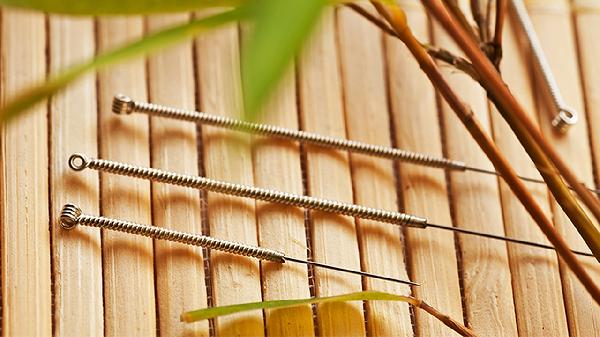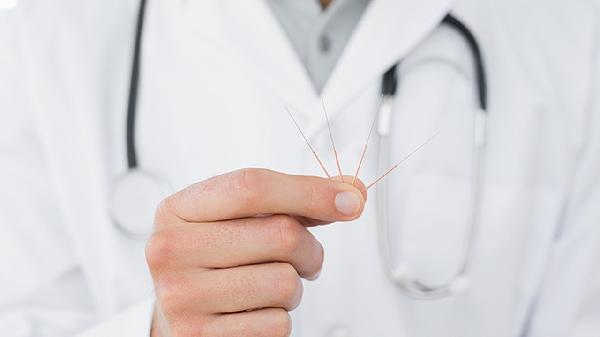Yes, acupuncture can be an effective treatment for migraines, offering relief by reducing the frequency, intensity, and duration of migraine attacks. This ancient Chinese practice involves inserting thin needles into specific points on the body to stimulate nerve pathways, promote blood flow, and restore balance to the body’s energy systems. Research suggests that acupuncture may help modulate pain signals, reduce inflammation, and release endorphins, which are natural pain-relieving chemicals. For many individuals, it serves as a complementary or alternative therapy to conventional migraine treatments.

How Acupuncture Works for Migraines
Acupuncture targets specific points on the body, known as acupoints, which are believed to influence the nervous system and improve energy flow (Qi). For migraines, practitioners often focus on points associated with the head, neck, and shoulders. By stimulating these areas, acupuncture can help alleviate tension, improve circulation, and reduce the severity of migraine symptoms. Studies have shown that acupuncture can activate the brain’s pain-modulating regions, such as the hypothalamus and amygdala, which play a role in migraine pathophysiology.
Scientific Evidence Supporting Acupuncture
Numerous studies have explored the efficacy of acupuncture for migraines. A meta-analysis published in the Journal of the American Medical Association (JAMA) found that acupuncture significantly reduced the frequency of migraine attacks compared to sham acupuncture or no treatment. Another study in Cephalalgia reported that patients who received acupuncture experienced fewer migraine days and required less medication. While the exact mechanisms are still being studied, the evidence suggests that acupuncture is a viable option for migraine management.
Benefits of Acupuncture for Migraines
One of the primary benefits of acupuncture is its ability to provide relief without the side effects often associated with medications. Unlike pharmaceutical treatments, acupuncture is non-invasive and generally well-tolerated. It can also address underlying factors contributing to migraines, such as stress, muscle tension, and hormonal imbalances. Additionally, acupuncture may improve overall well-being by promoting relaxation and reducing anxiety, which are common migraine triggers.
What to Expect During an Acupuncture Session
During an acupuncture session, a licensed practitioner will assess your symptoms and medical history to determine the most effective treatment plan. The practitioner will then insert sterile, disposable needles into specific acupoints. The needles are typically left in place for 15 to 30 minutes while you rest comfortably. Most people report minimal discomfort during the process, often describing a sensation of warmth or tingling. The number of sessions required varies depending on the severity of your migraines, but many patients notice improvements after just a few treatments.
Combining Acupuncture with Other Therapies
Acupuncture can be used alongside other migraine treatments for enhanced results. For example, combining acupuncture with lifestyle changes, such as stress management, regular exercise, and a balanced diet, can further reduce migraine frequency. Some individuals also find relief by integrating acupuncture with other complementary therapies, such as massage, chiropractic care, or herbal medicine. Always consult with your healthcare provider before starting any new treatment regimen.
Potential Risks and Considerations
While acupuncture is generally safe, it’s essential to seek treatment from a licensed and experienced practitioner to minimize risks. Possible side effects may include mild bruising, soreness, or temporary discomfort at the needle insertion sites. In rare cases, improper needle placement can lead to more serious complications. If you have a bleeding disorder, are pregnant, or have a pacemaker, inform your practitioner before starting acupuncture.
Who Can Benefit from Acupuncture?
Acupuncture may be particularly beneficial for individuals who have not found relief from conventional migraine treatments or who wish to avoid the side effects of medications. It is also a suitable option for those seeking a holistic approach to migraine management. However, results can vary, and some individuals may require multiple sessions to achieve significant improvements.
Tips for Maximizing the Benefits of Acupuncture
To get the most out of acupuncture, it’s important to maintain open communication with your practitioner. Be specific about your symptoms, triggers, and treatment goals. Additionally, follow any aftercare recommendations, such as staying hydrated, avoiding strenuous activity, and practicing relaxation techniques. Consistency is key, so attend all scheduled sessions and monitor your progress over time.
When to Seek Additional Help
While acupuncture can be effective for many migraine sufferers, it may not work for everyone. If your migraines persist or worsen despite acupuncture treatment, consult your healthcare provider to explore other options. In some cases, migraines may be a symptom of an underlying condition that requires medical attention.
Conclusion
Acupuncture offers a promising, natural approach to managing migraines, with research supporting its ability to reduce pain and improve quality of life. By addressing both the physical and emotional aspects of migraines, acupuncture can provide holistic relief for those seeking an alternative to conventional treatments. If you’re considering acupuncture, consult a licensed practitioner to determine if it’s the right option for you. Remember, managing migraines often requires a multifaceted approach, so be patient and proactive in finding the strategies that work best for your unique needs.
